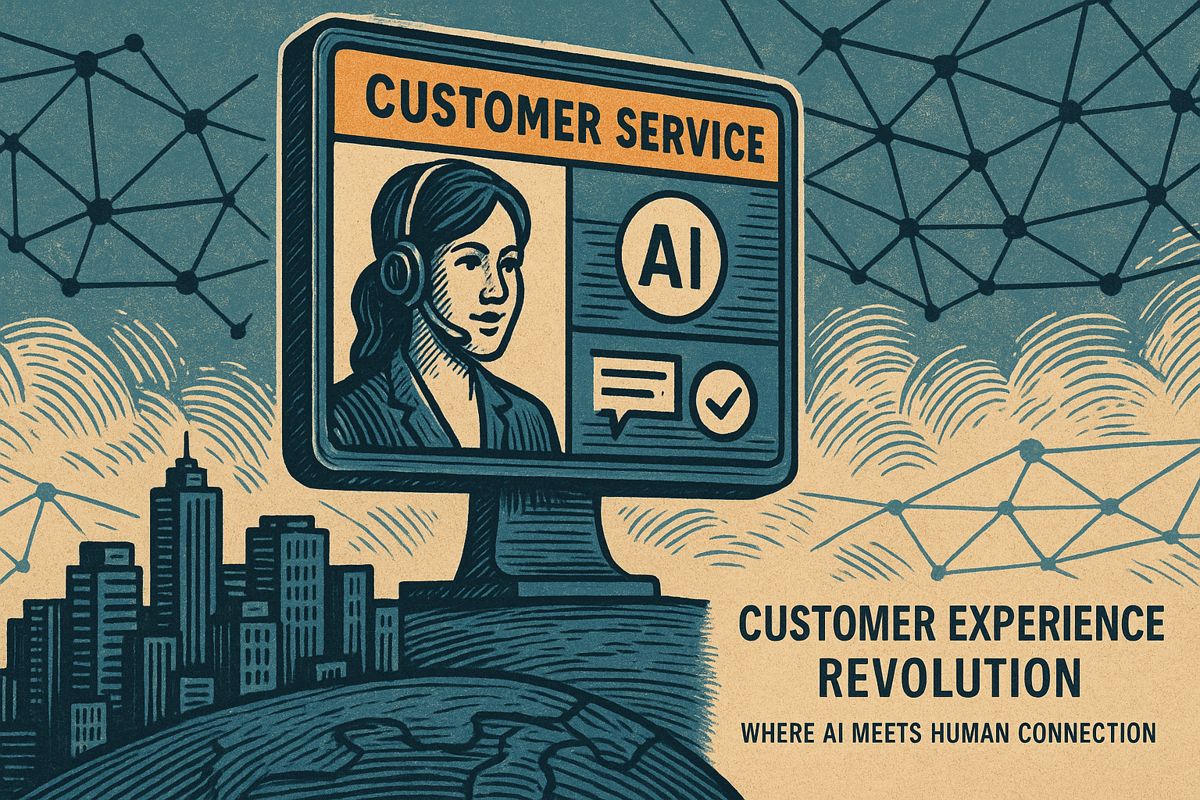While employees embrace automation, leadership misalignment blocks successful AI adoption in a majority of organizations. A new report reveals that even as companies appoint Chief AI Officers, fewer than half move beyond pilot projects. The primary cause is executive disagreement, with the Wharton 2025 AI Adoption Report confirming this leadership gap stalls progress in 61% of enterprises. While technology and teams are often ready to scale, the bottleneck remains in the C-suite, where skepticism over ROI, fear of cultural change, and fragmented governance prevent meaningful deployment.
Why Leadership Stalls Momentum
Executive teams often lack a unified AI strategy, clear ownership, and consistent governance standards. This C-suite indecision creates a bottleneck where concerns over ROI, cultural shifts, and integration risks overshadow the technical readiness of their teams, ultimately stalling company-wide AI implementation and scaling efforts.
Senior managers’ top concerns include cultural resistance and unclear business value, according to Gallup polling. Similarly, Deloitte research identifies leadership alignment gaps in 58% of firms. This friction stems from three core problems:
- Strategic Drift: AI is mentioned in vision statements, but strategic roadmaps lack clearly defined owners and accountability.
- Mid-Management Skills Gap: Frontline leaders are not receiving adequate mentoring in data literacy to guide their teams effectively.
- Fragmented Governance: Disagreements between policy and technology teams on risk tolerance create constant delays in project approvals, hindering scalability.
Employee Enthusiasm Collides with Executive Caution
This executive hesitation starkly contrasts with employee sentiment. The Morning Consult AI Worker Readiness Report finds that while 54% of employees used an AI tool last year and 53% desire formal training, only 29% of companies provide it. This creates a significant perception gap: 71% of executives believe their workforce is unprepared, even as 95% of those same leaders personally use generative AI. This disconnect leads to misallocated budgets, with funds prioritized for technology proofs-of-concept instead of crucial change management. Consequently, 45% of CEOs report that AI initiatives yield ROI below expectations, reinforcing a cycle of executive caution and delayed deployment.
Lessons from Companies That Broke the Gridlock
Successful organizations demonstrate a clear pattern for overcoming these barriers:
- Alibaba’s City Brain project secured buy-in by partnering with municipal leaders to define measurable congestion targets before development began.
- Siemens drove adoption by investing in AI literacy for its plant managers, which resulted in a 25% reduction in unplanned outages.
- Toyota empowered factory teams to build their own machine learning models, saving 10,000 labor hours annually through worker-led innovation.
In each case, progress was driven not by breakthrough algorithms but by treating AI as a core organizational capability. Success depended on visible executive sponsorship, transparent performance metrics, and a commitment to continuous training.
As a Harvard Business Review analysis warns, the next wave of competitive advantage will go to firms that solve this human alignment puzzle, not just those with the most advanced technology. The data is clear: while only 10% of companies exceed their AI ROI targets, they share a common formula. These outperformers empower their mid-management and embed governance within product teams. For the majority, however, leadership hesitancy continues to overshadow technical readiness, leaving immense value unrealized.
Why is leadership misalignment the top barrier to AI success?
61% of AI initiatives fail because executives are not aligned on vision, governance, or ROI expectations.
While employees are ready to experiment, C-suites disagree on why AI matters, who owns it, and how success is measured. The result: stalled pilots, duplicated spend, and “pilot-itis” that never reaches scale.
Wharton’s 2025 study shows that companies with a formally agreed AI charter move 2.6× faster from pilot to production.
How does the employee-leadership perception gap slow adoption?
Employees are 47% likely to expect AI to handle >30% of their daily tasks within a year; only 20% of leaders believe that will happen.
This mismatch creates under-investment in training and change support, leaving 60% of workers feeling unconfident when AI tools arrive. Bridging the gap requires leaders to co-design roadmaps with users instead of guessing what they need.
What concrete actions close the leadership alignment gap?
- Co-create a one-page “AI North Star” that links each proposed use case to a revenue, cost, or risk metric every executive already tracks.
- Appoint a rotating AI steering triad – CFO, business-unit head, and CIO/CTO – that must sign off on any spend >$50k; this forces financial discipline.
- Run monthly “AI reality sessions” where frontline teams demo live outcomes to the board; 77% of firms that do this report faster ROI according to PwC’s 2025 survey.
Which companies prove leadership alignment works?
- Siemens cut plant outages 25% after board and factory managers jointly funded an AI predictive-maintenance fund, saving $750M a year.
- Toyota let shop-floor teams build their own ML models on Google Cloud; 10,000 man-hours saved annually because workers trusted leaders who shared ownership.
These cases show transparent communication + shared KPIs turn skeptics into champions.
Where should leaders start this quarter?
Start with a 30-day alignment sprint:
Week 1 – Survey 50 employees on pain points and AI ideas.
Week 2 – Rank ideas by agreed business metric (e.g., churn %, scrap rate).
Week 3 – Fund one micro-pilot capped at $25k with clear 90-day success number.
Week 4 – Publish results company-wide and repeat.
Firms that iterate in 90-day cycles scale AI 3× faster than those waiting for perfect enterprise platforms.



















